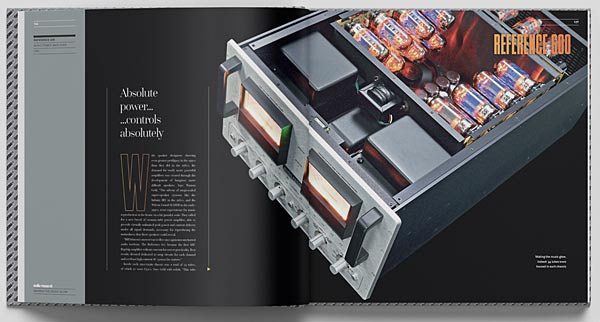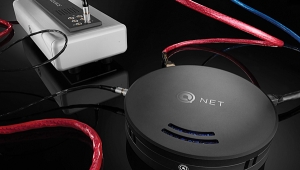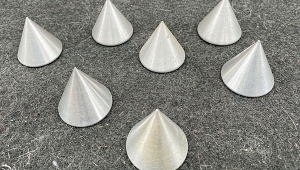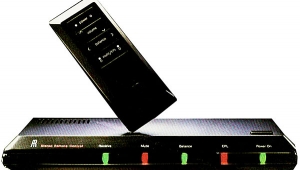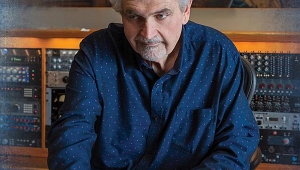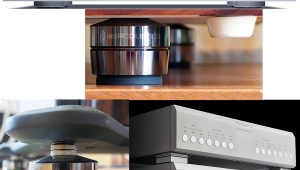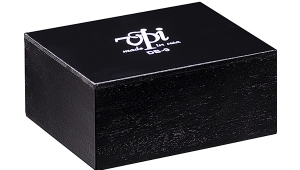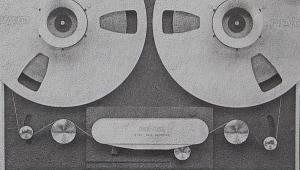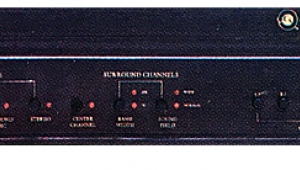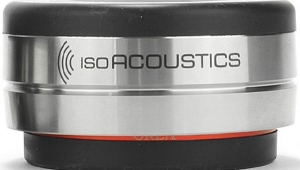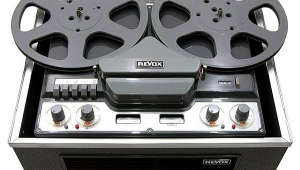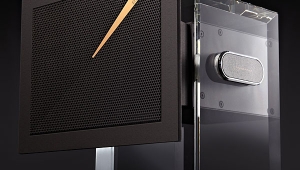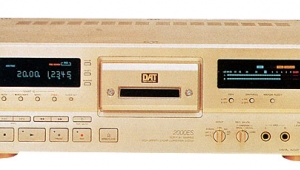| Columns Retired Columns & Blogs |
So, I'll have to end up keeping one on-hand.
I've owned & sold quite a few ARC pieces. I was never a Dealer but I did know Bill Z. His people said that he liked to Fly his own Airplane on Business.
ARC has to be the greatest Brand Name in Audio. Detroit's highest integrity Dealer was our ARC Dealer.
Kinda feels like Jason Stoddard & Paul McGowan are becoming our newest High Integrity Brands.
Consumer Audio Hobby is still exciting!
Tony in Venice Florida

